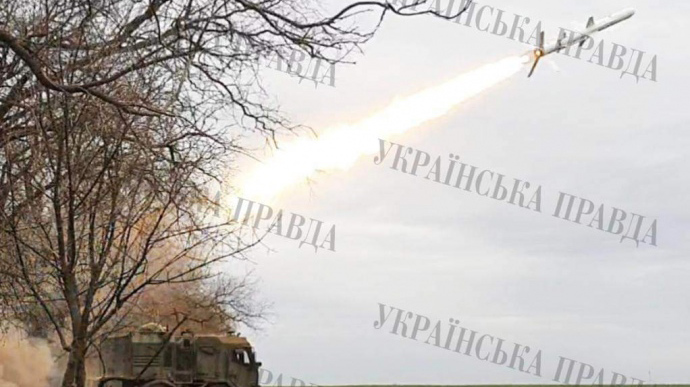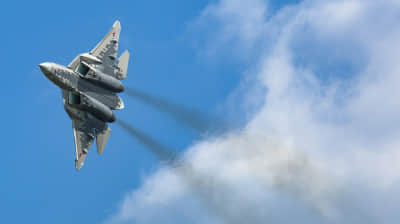It became known how exactly Russian cruiser Moskva was discovered and sunk: details and photos

On 13 April, Ukrainian defenders were able to discover and reach the flagship of the Russian fleet, Moskva, with a Neptune missile due to bad weather and the arrogance of Russian sailors.
Source: Ukrainska Pravda article "Sinking Moskva: unknown details. How the Ukrainian Neptune destroyed the flagship of the Russian fleet"
Details: On April 13, the Russian missile cruiser Moskva was stationed in the Black Sea, about 120 km from the coast. Ukraine did not have over-the-horizon radars at the time of the Russian invasion, and conventional radar cannot show targets at such a distance. The invaders knew this, so they felt quite safe.
However, around 16:00 on 13 April, the operator of the Neptune complex received very unexpected data: a conventional radar showed a large target about 120 km from the coast. An object of this size in this sector of the Black Sea could only be the cruiser Moskva.
Ukrainian Rocket Forces say that nature itself helped them see the Russian target.
Since there were dense clouds over the sea, the radar signal was reflected from them to the surface of the water and from the water back to the clouds, and in such a corridor, the radar unexpectedly reached the Moskva cruiser.
The Russians were so confident in their inaccessibility to the Ukrainian forces that, according to the sources of the UP, they probably did not even activate the air defence systems. Although even the activated air defence does not see the Ukrainian subsonic missile because it flies over the water.
Western media published their versions of the defeat of the Moskva cruiser. Some wrote that the coordinates of the target were allegedly confirmed to Ukraine by the European centre of NATO; others wrote that an American P-8 Poseidon reconnaissance aircraft was involved in fulfilling Ukraine's request and provided the exact coordinates.
But UP sources in military circles say that the Ukrainians themselves could solve such problems of incredible complexity and that the Russian 120-metre mountain of iron was constantly seen and recorded by satellites. They claim that the difficulty was not in discovering Moskva but in reaching it.
But on 13 April, the Russian cruiser unexpectedly entered the zone of destruction for Ukrainian missiles. And as soon as this was recorded, two Neptunes were immediately launched.
Ukrainska Pravda also managed to get a photo of this historic missile launch.
According to the sources of the UP, the most interesting phase of the operation began just after the missiles flew into the sea. Neptune missiles had to cover the distance to the target in about six minutes.
But no one knew whether they hit because the Bayraktar operators refused to fly out to verify the hit. They would not have seen anything above the clouds, and under the clouds, they would have been 100% shot down.
It became clear that the Neptunes hit the target when the Moskva cruiser suddenly moved and tried to hide behind the Boiko towers. And also because four ships simultaneously rushed to the flagship of the Russian fleet from different directions. However, an unexpected storm developed at sea, complicating rescue operations.
When the Ukrainian military realised that a tugboat had left Crimea for Moskva, it became obvious to them that the situation on the cruiser was critical.
On the night of 14 April, one of the leading current security officials wrote to UP journalists: "Moskva is done".
Journalists fight on their own frontline. Support Ukrainska Pravda or become our patron!







